Kurt Petersen Symposium
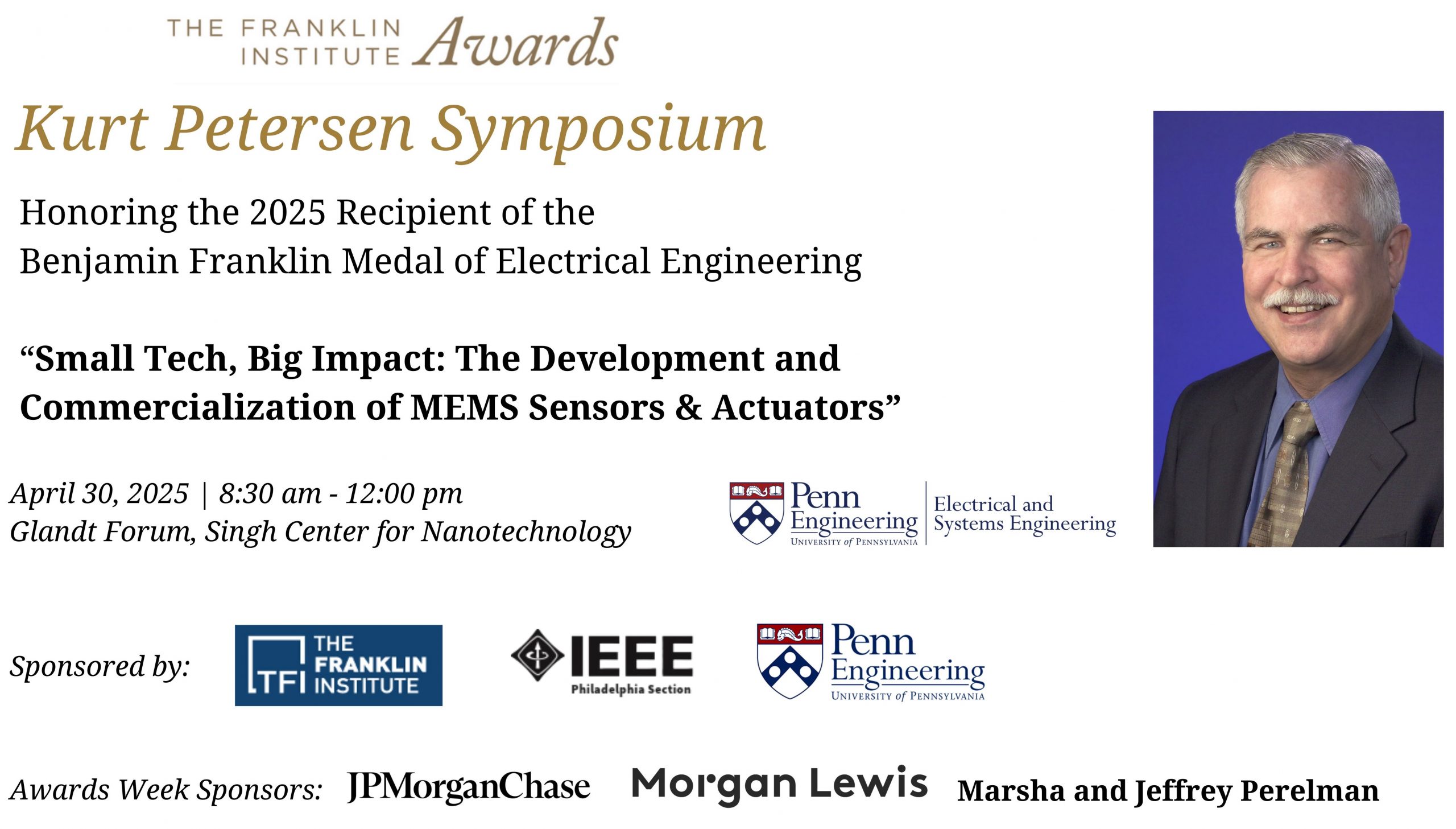
Kurt Petersen received his BS degree cum laude in EE from UC Berkeley in 1970. In 1975, he received a PhD in EE from the Massachusetts Institute of Technology. Dr. Petersen established a micromachining research group at IBM from 1975 to 1982, during which he wrote the review paper “Silicon as a Mechanical Material,” published in the IEEE Proceedings (May 1982). This paper is the most frequently referenced work in the field of micromachining and micro-electro-mechanical systems (MEMS).
Since 1982, Dr. Petersen has co-founded six companies in MEMS technology, Transensory Devices Inc. in 1982, NovaSensor in 1985 (now owned by Amphenol), Cepheid in 1996 (acquired by Danaher in 2016), SiTime in 2004 (now listed as SITM on NASDAQ), Profusa in 2008 (still private), and Verreon in 2009 (acquired by Qualcomm).
In 2011, Dr. Petersen joined the Silicon Valley Band of Angels, where he now co-chairs the HardTech group. The Band is an angel investment group which mentors and invests in early stage, high-tech, start-up companies. Today, he spends most of his time helping and mentoring such companies.
Dr. Petersen has published over 100 papers, and has been granted over 35 patents in the field of MEMS. He was awarded the prestigious IEEE Medal of Honor in 2019 as well as the IEEE Simon Ramo Medal in 2001 for his contributions to MEMS. Dr. Petersen is a member of the National Academy of Engineering and is a Life Fellow of the IEEE in recognition of his contributions to “the commercialization of MEMS technology”.
Jan Van der Spiegel, Symposium Chair
Location: Singh Center for Nanotechnology’s Glandt Forum
Date: Wednesday, April 30, 2025
Time: 8:30am – 12:00pm (light breakfast served at 8:00am)
Zoom: https://upenn.zoom.us/j/91545711837
Click here to register.
8:00am- Continental Breakfast
8:30am- Welcome – Derrick Pitts, Chief Astronomer, The Franklin Institute
8:35am – Opening remarks from David Meaney, Senior Associate Dean of Penn Engineering
8:40am – Remarks from Mark Allen, Department Chair of Electrical and Systems Engineering
8:50am – Cherie Kagan, University of Pennsylvania, Colloidal Semiconductor Quantum Dots: From Science to Technology
9:10am – Marc Miskin, University of Pennsylvania, Microscopic robots that sense, think, act, and compute
9:30am – Troy Olsson, University of Pennsylvania, Will the Next Generation of Radio Frequency (RF) Filters Be Tunable?
9:50am – Coffee Break
10:05am – Kensall Wise, University of Michigan, “Kurt Petersen: Tribute to a Visionary and Friend,” Symposium celebrating forty years since the paper “Silicon as a Mechanical Material:” the Impact of MicroElectroMechanical Systems
10:35am – Alissa Fitzgerald, A.M. Fitzgerald & Associates, LLC, Kurt Peterson’s Impact on Decades of MEMS Research, Products and Industry
11:05am – Introducing Kurt Petersen by Jan Van der Spiegel, Symposium Chair
11:10am – Kurt Peterson, Band of Angels, 50 Years in MEMS
Cherie Kagan
Stephen J. Angello Professor, Department of Electrical and Systems Engineering
University of Pennsylvania
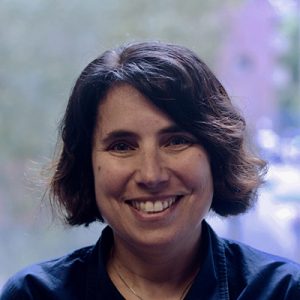 Title: Colloidal Semiconductor Quantum Dots: From Science to Technology
Title: Colloidal Semiconductor Quantum Dots: From Science to Technology
Abstract: Colloidal quantum dots (QDs) are fragments of bulk semiconductor crystals, with typical diameters of <100 nm, and are capped by shells of organic or inorganic ligands, that serve to stabilize their dispersion in solvents. Wet-chemical synthetic methods enable the preparation of elemental, binary, ternary, and quaternary compositions of QDs tailorable in size, shape, and surface chemistry. QDs smaller than the bulk Bohr radii experience quantum confinement effects and are prized for their size-dependent electronic and optical properties with bandgaps tunable from the UV to the infrared. Today, the bright, stable, and high color purity of QD emission is exploited in commercial products as fluorescent tags for biology and to downshift blue light from LED backlights to produce high-definition, wide color gamut displays. QDs also serve as serve as building blocks of “artificial” solid-state materials, which are engineered to create n- and p-type semiconductors with application in (un)conventional, solution-processable, and flexible electronic and light-sensitive and light-emitting optoelectronic devices. In research, QDs provide advantages and are beginning to be explored as platforms for optically addressable qubits in emerging quantum computation, sensing, simulation, and communication technologies.
Marc Miskin
Assistant Professor, Department of Electrical and Systems Engineering
University of Pennsylvania
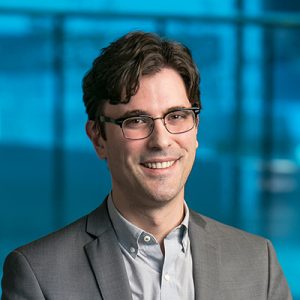 Title: Microscopic robots that sense, think, act, and compute.
Title: Microscopic robots that sense, think, act, and compute.
Abstract: Information processing is at the heart of biology with cells performing incredible feats of sensing, feedback, and computation. Yet for robots of a comparable size (i.e., microrobots) integrated intelligence remains a challenge. Instead of on-board computing, most microrobots rely on external systems to tell them what to do and how to evolve, blunting their autonomy, usefulness, and behavioral complexity. This talk is about bringing the power of information processing to robots too small to see by eye. I’ll show how to build memory, sensing, computing, actuation, power, and communication systems into a single robot that could fit snugly in a paramecium. Through these circuits, I’ll show how microrobots can carry out useful, autonomous behaviors like temperature reporting and gradient climbing without additional instructions or supervision. Finally, I’ll discuss some near term applications of smart, inexpensive, programmable microrobots, including peripheral nerve repair and nanomanufacturing.
Troy Olsson
Associate Professor and Graduate Chair, Department of Electrical and Systems Engineering
University of Pennsylvania
 Title: Will the Next Generation of Radio Frequency (RF) Filters Be Tunable?
Title: Will the Next Generation of Radio Frequency (RF) Filters Be Tunable?
Abstract: Cellular handsets and other high performance multiband radios rely on massive banks (> 50) of switched, fixed frequency acoustic filters to select the band of operation and mitigate radio frequency (RF) interference. While this paradigm has enabled the current generation of communications operating from 0.6-6 GHz, next generation systems are projected to operate in the FR3 band from 7-24 GHz, where the performance of acoustic filters and RF switches degrades. This talk will explore an emerging tunable filter technology based on magnetostatic waves (MSW) propagating in thin films of yttrium iron garnet (YIG). MSW cavities are high quality factor, enabling the realization of the high selectivity, low loss filters required in practical RF systems. The MSW velocity is orders of magnitude lower than the speed of light, enabling small filter size. Importantly, the MSW velocity is tunable with DC magnetic field, potentially enabling a single MSW filter to replace an entire bank of switched, fixed frequency filters. By combining a small, tunable, zero DC power magnetic bias circuit with micromachined thin film YIG cavities, low loss tunable filters across the FR3 band are demonstrated.
Ken Wise
William Gould Dow Distinguished University Professor Emeritus, Department of Electrical and Computer Engineering
University of Michigan
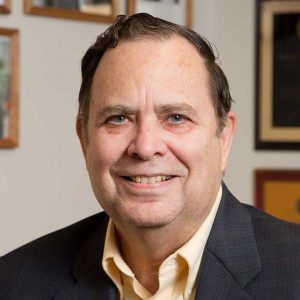 Title: “Kurt Petersen: Tribute to a Visionary and Friend,” Symposium celebrating forty years since the paper “Silicon as a Mechanical Material:” the Impact of MicroElectroMechanical Systems
Title: “Kurt Petersen: Tribute to a Visionary and Friend,” Symposium celebrating forty years since the paper “Silicon as a Mechanical Material:” the Impact of MicroElectroMechanical Systems
Abstract: The field of integrated sensors, MEMS, and microsystems has been driven by many, but Kurt Petersen stands out as one of its key leaders for his contributions to basic technology, key conferences in the field, and commercialization of products that have substantially improved our quality of life. This paper first reviews early work on neural microelectrode arrays, pressure sensors, and wafer-scale gas chromatography systems, along with the first conferences in the field. Today, lithographically-formed electrode arrays are advancing neuroscience with hundreds of monitoring sites now possible and progress in neuroprostheses for hearing, vision, and movement disorders. Pressure sensors for a wide variety of applications are now commonplace with new capabilities emerging along with microsystems for the detection of harmful chemical agents at the ppb level. Kurt’s seminal contributions to these and other areas are appropriately acknowledged by his selection for the 2025 Benjamin Franklin Medal.
Alissa Fitzgerald
CEO and Founder
AM Fitzgerald & Associates, LLC
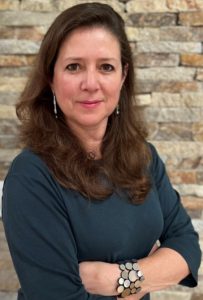 Title: Kurt Peterson’s Impact on Decades of MEMS Research, Products and Industry
Title: Kurt Peterson’s Impact on Decades of MEMS Research, Products and Industry
Abstract: The MEMS industry today generates more than $15B in revenue. Nearly every human on the planet interacts with MEMS devices daily, whether they realize it or not. How did unusual experiments with semiconductor processes more than 40 years ago eventually evolve into the vital components in our smartphones, vehicles, homes, hospitals and factories? In this talk, we’ll trace the history of MEMS development and commercialization, highlighting the rich legacy of Kurt Petersen’s many seminal contributions to academic research, product development and the MEMS industry.
Kurt Petersen
Co-Chair at the HardTech Group
Silicon Valley Band of Angels
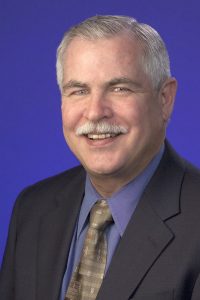 Title: 50 Years in MEMS
Title: 50 Years in MEMS
Abstract: After receiving my PhD from MIT in 1975, I interviewed for jobs at TI, IBM, and Xerox PARC. While visiting PARC in Palo Alto, the Xerox folks gave me a tour of the Stanford labs of Professor Jim Angel. I was stunned to see academic posters for an accelerometer, a gas chromatograph, and a pressure sensor with on-board integrated circuitry, all fabricated on silicon wafers. I eventually joined IBM Research in San Jose, not far from Stanford. While touring around the IBM Research Building 28, I noticed a huge black stain on the tile hallway outside of one laboratory. I was stunned again to see that the occupants were developing tiny ink jet nozzle arrays by etching minute holes in silicon wafers – the test set-up had leaked. MORE mechanical devices on silicon? I was hooked! Within a short time, I put together my own research program at IBM to build mechanical devices on silicon, published a number of papers, and wrote the review paper “Silicon as a Mechanical Material” in 1982. Since leaving IBM in 1982, I have been involved in developing commercial MEMS-based products in six start-up companies, 2 of which went IPO (Cepheid and SiTime) and 2 of which were acquired (Verreon by Qualcomm and NovaSensor by Amphenol). This talk will discuss the ups and downs of MEMS product development and the significant MEMS product and process milestones over the past 50 years.
The Singh Center for Nanotechnology is located at 3205 Walnut Street, Philadelphia, PA 19104. There are a number of public parking garages in the area that can be utilized, as well as on-campus parking. For on-campus garages, we recommend, Chestnut 34, Penn Museum Garage, and Walnut 38.
If you are utilizing public transportation, William H. Gray III 30th Street Station is a 15 minute walk from the Singh Center for Nanotechnology and is a hub for Amtrak and SEPTA Regional Rail lines.
Danielle Tadros Kopicko, M.S.Ed.
Director, Department of Electrical and Systems Engineering
ESEEvents@seas.upenn.edu
